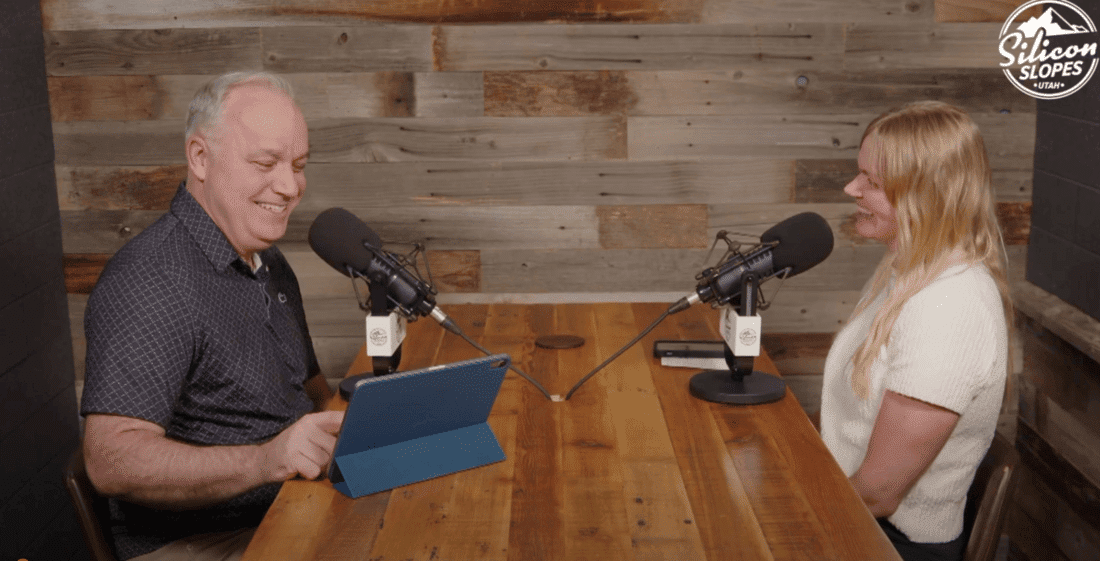One of the most striking moments for me was realizing my best friend and I experience the world so differently. When I asked her if she ever felt the familiar shame-thoughts—“I’m not good enough. I should have done better. What will they think of me?”—she simply said, “No, not really.”
At first, I was stunned. How could she not feel this way? These thoughts were my constant background noise.
And as the years have gone by, it has finally clicked as to why. She grew up with emotionally present parents. She was seen, supported, and validated. I, on the other hand, grew up in a divorced home that wreaked havoc with everyone involved.
My dad did his best with the circumstances, but could not meet us emotionally. And my mom had left. I learned early that it was safer to believe something was wrong with me than to face the reality that my parents couldn’t provide what I needed.
That belief gave me a sense of control—if I was the problem, maybe I could fix it by achieving more, being better, or needing less.
That’s the thing about emotional neglect—it’s invisible. You might have food, shelter, and even love, but if your feelings are minimized, ignored, or forgotten, shame fills the gap. That’s the root of internalized shame. It becomes the lens through which you see yourself.
What Internalized Shame Looks Like
For many high-achievers, shame feels less like an emotion and more like the truth. It shows up as:
- “I should have handled that better.”
- “If people really knew me, they wouldn’t respect me.”
- “Why can’t I be like everyone else?”
- “I’m terrified I’m either too much, or not enough.”
Clients often tell me: “I feel like I was born broken.” Or, “No matter what I achieve, it’s never enough.”
If that resonates with you, you’re not alone. Shame is often a survival strategy. It helped you adapt as a child, but it no longer serves you as an adult.
Internalized Shame and Emotional Neglect
Internalized shame doesn’t appear out of nowhere in adulthood. For many high-achievers I work with, it has roots in childhood. Not always in overt abuse—but often in something more invisible: emotional neglect.
As a child, you couldn’t afford to think, “My parent is unsafe.” That would have been unbearable. So instead, your brain and body made a different conclusion:
“The problem must be me.”
This conclusion preserves attachment, but at a cost. The child develops a “false self”—always performing, pleasing, or achieving to maintain connection. As an adult, that strategy often leads to perfectionism, burnout, or feeling empty, no matter how much you do.
That conclusion also gave you a sense of control. If you were the problem, then maybe you could fix it: by working harder, achieving more, needing less. That’s how internalized shame becomes a survival strategy.
And it works—until it doesn’t.
As an adult, the very strategy that once kept you safe leaves you exhausted, disconnected, or endlessly critical of yourself. What once preserved your connection is now eroding your confidence.
How Therapy Helps Heal Shame
Because shame is both mental and physical, healing requires more than just “thinking differently.” Therapy helps you reset old patterns in your brain and body:
- EMDR and Brainspotting: Reprocess memories that planted shame, so they lose their sting and no longer define you.
- Sensorimotor Psychotherapy: Work directly with the body, where shame often shows up as heaviness, collapsed posture, or tightness in the chest.
- Acceptance and Commitment Therapy (ACT): Step back from shame-driven thoughts and reconnect with your values, so you can live more fully.
Together, these methods help loosen shame’s grip and allow you to live from worth rather than self-blame.
Three Ways to Begin Shifting Shame Now
1. A Thought Shift
Catch a shame thought like “I should have known better” and ask:
➡️ “What would I say to a close friend in this situation?”
Borrowing compassion for yourself from how you’d treat someone you love creates new mental pathways.
2. A Somatic Shift
Shame shows up in the body—slumped shoulders, tight chest, downcast gaze. Try shifting your posture:
➡️ Sit tall, plant your feet, open your chest, take a slow breath.
This isn’t faking confidence. It’s telling your nervous system, “I am safe. I am here. I am worthy.”
3. A Permission Reset
Shame often says you don’t deserve something, and sometimes anything, for that matter. Keep a reminder where you’ll see it daily:
➡️ “Shame is a signal, not the truth.”
Let it be your permission slip to pause and care for yourself.
When Shame Tells You Rest Feels Like Failure
Here’s something I’ve noticed in myself—and I hear it from many of my clients too. I’m more introverted by nature. I need quiet to reset, downtime to recharge, and solitude to feel like myself again. But instead of honoring those needs, shame often hijacks them.
My inner dialogue can sound like:
- “I should be able to do more.”
- “Why can’t I hang out with friends all weekend like everyone else?”
- “What’s wrong with me that I need more rest than others?”
Sound familiar? Many of my clients say the same thing: “I just don’t understand why I can’t go and go like Sally down the street.”
Here’s the truth: there is nothing wrong with being sensitive, introverted, or needing more rest. That’s part of your nervous system, your wiring. But internalized shame twists it into a story of defectiveness: “Because I need something different, I must be broken.”
That’s how shame sneaks in—turning natural needs into proof you’re not enough.
The shift? Beginning to see those traits not as flaws, but as signals of your humanity. A sensitive nervous system isn’t weak—it’s wise. It notices, feels, and processes deeply. That very sensitivity is often what makes you thoughtful, compassionate, and strong.
Shame Is Not Permanent
I think back to my younger self, pushing harder than everyone else—on the lacrosse field, in the classroom, even in friendships. I thought if I could just do more, be more, then maybe I’d finally feel enough.
That’s the thing about internalized shame. On the outside, it can look like success. On the inside, it feels like a battle you can never win.
The good news? That battle isn’t the whole story. Shame is not who you are. It’s a pattern you learned—and what’s learned can be unlearned.
Final Note: Internalized shame may feel woven into your being, but it’s not permanent. With the right support, you can loosen its grip and live with freedom, presence, and connection.










